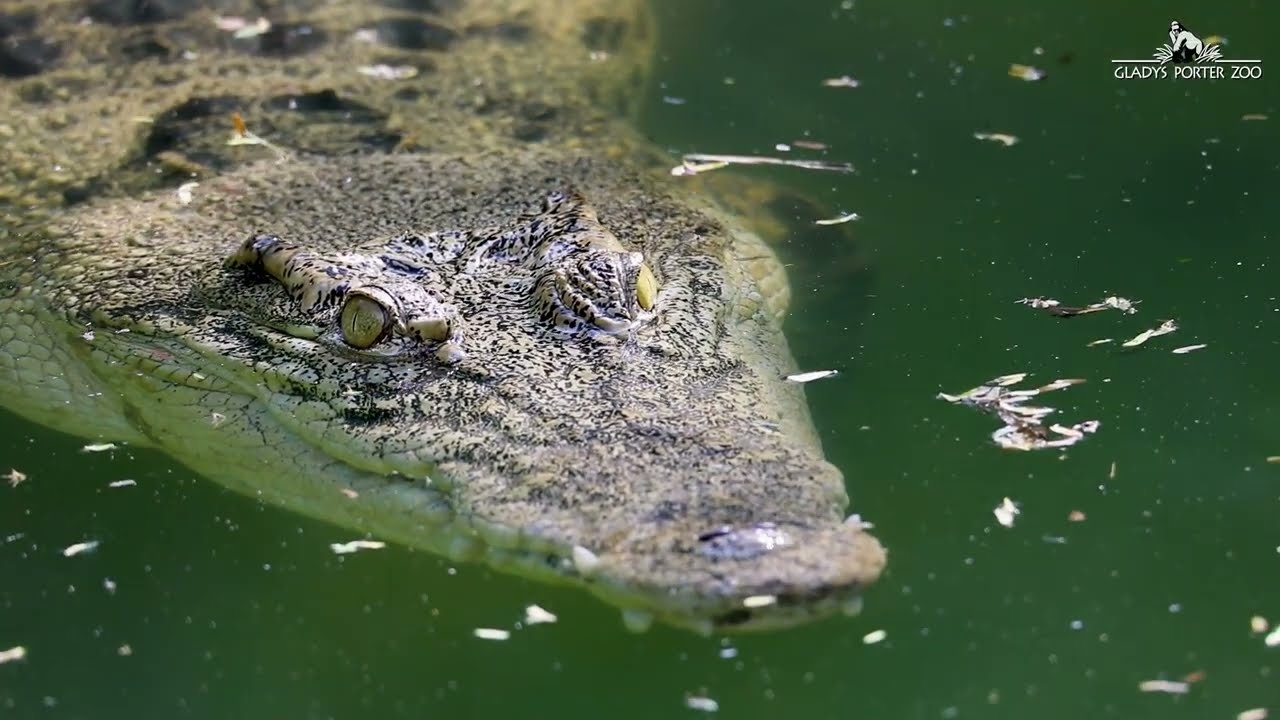- Understanding the Lurking Crocodile: Anatomy, Behavior, and Habitats.
- Conservation Efforts and Challenges in Protecting Crocodile Populations.
- Role of Zoos and Wildlife Reserves in Crocodile Preservation.
- Human-Crocodile Interactions: Mitigating Conflicts and Promoting Coexistence.
- The Future of Crocodile Conservation: Scientific Research and Global Initiatives.
Lurking crocodiles are mesmerizing creatures, formidable and ancient in their existence. They have prowled waterways for millions of years, surviving countless global changes. This reptilian apex predator has thrived due to its specialized anatomy and highly evolved behaviors. The lurking crocodile, like all crocodilians, is characterized by its elongated, V-shaped snout, formidable jaw strength, and robust, armor-like skin. These adaptations are crucial for their survival in diverse aquatic habitats ranging from swamps to rivers in tropical and subtropical regions. Their external anatomy is only a part of the fascinating story; internally, these reptiles possess a highly efficient heart comparable to birds and mammals, facilitating a high metabolism uncommon in reptiles.
Behaviorally, lurking crocodiles are opportunistic hunters, feeding on fish, mammals, and occasionally other reptiles. Their hunting strategy leans heavily on ambush; they use their camouflaged bodies and slow, stealthy movements to approach unsuspecting prey closely before launching an explosive attack. The immense power of their jaws ensures that prey rarely escapes once caught. Social structures among these crocodiles can vary; some species are territorial and solitary, while others show signs of sociality, communicating through a complex vocabulary of vocalizations, chemical signals, and body postures. Understanding these behaviors is crucial for biologists aiming to conserve crocodile populations.
The conservation of lurking crocodiles presents both challenges and opportunities. Habitat destruction, hunting, and climate change pose severe threats to their survival. Crocodile habitats are frequently drained or altered for agriculture and development, leading to population declines. Conservation efforts must focus on protecting these vital ecosystems to safeguard crocodile populations. Innovative programs have been introduced worldwide, involving habitat restoration, legal protection from hunting, and community engagement. These efforts have seen varied success, emphasizing the importance of tailored approaches to different regions and species.
Zoos and wildlife reserves play a pivotal role in crocodile conservation. They serve as arks, preserving species that may be on the brink of extinction in the wild. Through controlled breeding programs, genetic diversity is maintained, which is crucial for the species’ long-term survival. Additionally, these institutions provide educational opportunities, raising public awareness about the threats facing crocodiles and the importance of conservation. It’s imperative that zoos prioritize creating environments that mimic natural habitats, allowing crocodiles to exhibit natural behaviors and improving their overall welfare.
Human-crocodile interactions are complex and often fraught with tension. Crocodiles inhabiting areas close to human populations can lead to conflicts, particularly when human activities encroach upon crocodile habitats. Enhancing safety measures, like installing crocodile warning signs near waterways and considering crocodile behavior in urban planning, can mitigate such conflicts. Promoting coexistence requires understanding and respecting the ecological significance of these reptiles, alongside efforts to manage human activities responsibly.
The future of lurking crocodile conservation hinges on continued scientific research and global cooperation. Studies on crocodile genetics, behavior, and ecology provide valuable insights that inform conservation strategies. International partnerships are critical in establishing and maintaining protected areas and monitoring the health of crocodile populations. Furthermore, integrating traditional ecological knowledge with modern conservation practices can enhance understanding and effectiveness.
Ultimately, lurking crocodiles are extraordinary survivors, their presence a reminder of our planet’s rich biodiversity. Efforts to conserve them benefit not only these reptiles but also the broader ecosystems they inhabit. Through informed action and continued awareness, we can ensure that future generations inherit a world where lurking crocodiles continue to thrive not only as part of a rich tapestry of life but as vital components of healthy ecosystems.
*****
Source Description
A saltwater crocodile lurks in the water and then disappears below the surface.
Saltwater crocodiles are the largest species of crocodile in the world. They can reach 17ft on average and easily weigh over 1,000 lbs.
#gpzoo #crocodile #saltwatercrocodile #zoo #reptiles


